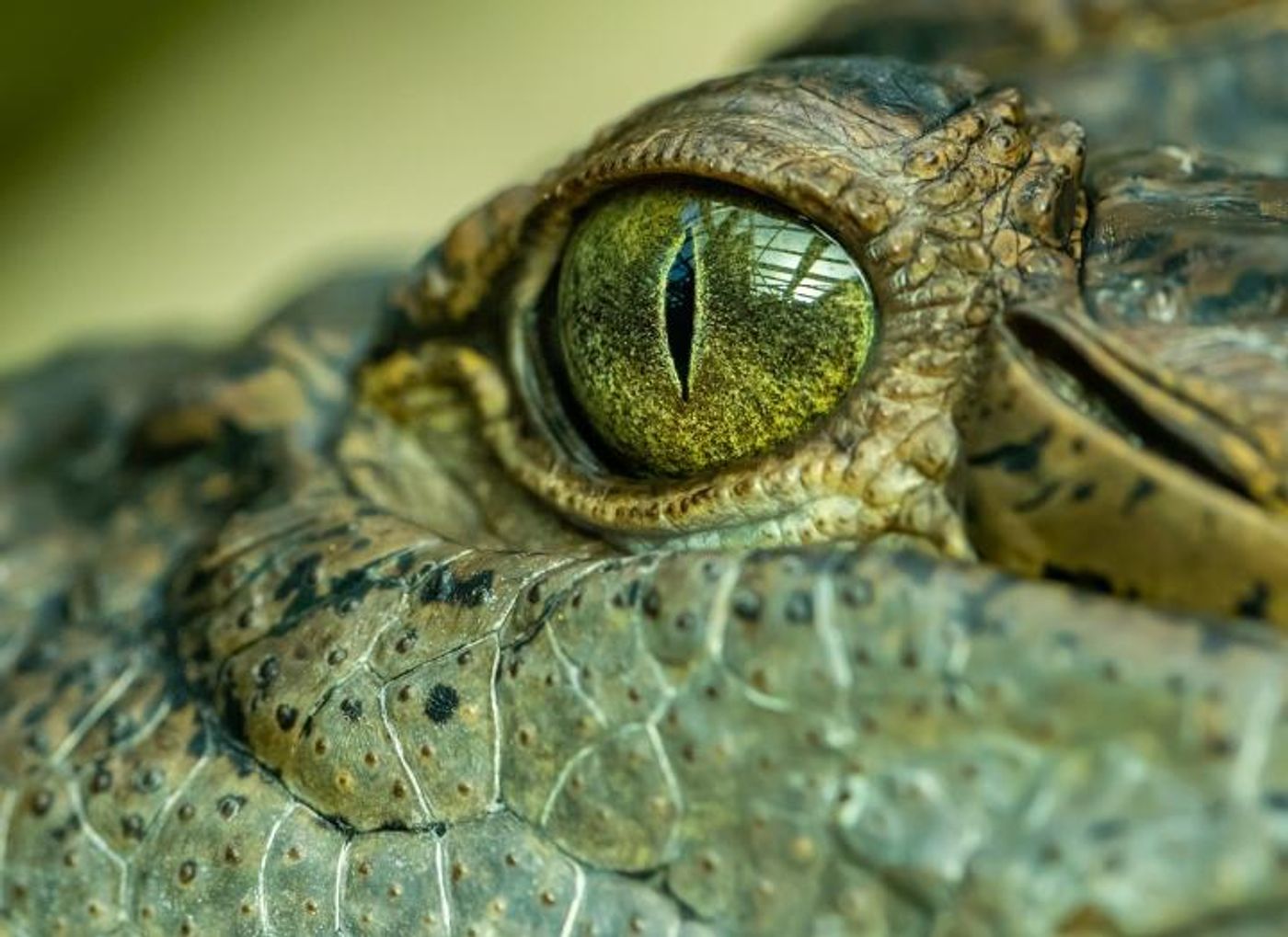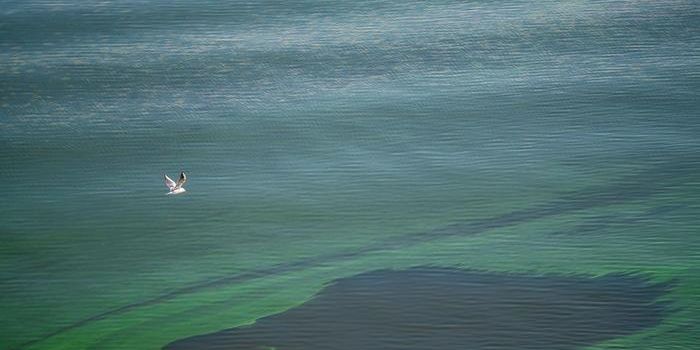Australia's Ancient Swamp King
Just a few million years ago, a prehistoric crocodile that was more than 16 feet long was the king of swamps in southwestern Queensland, a state in northeastern Australia. Scientists at the University of Queensland (UQ) have now learned more about one species of these prehistoric swamp kings, called Paludirex vincenti, by analyzing fossils that were discovered in the 1980s. This specimen is a part of a newly established crocodylian genus, named Paludirex. The work has been reported in PeerJ.
The skull of this giant croc was found by Geoff Vincent near a town named Chinchilla. It’s been named in part for him.
"In Latin, 'Paludirex' means 'swamp king,’ and 'vincenti' honors the late Mr. Vincent. For several years the fossilized skull was on display in the Queensland Museum before it was donated to the Chinchilla Museum in 2011,” explained UQ graduate candidate Jorgo Ristevski.
"The 'swamp king' was one intimidating croc. Its fossilized skull measures around 65 centimeters, so we estimate Paludirex vincenti was at least five meters long," said Ristevski. "The largest crocodylian today is the Indo-Pacific crocodile, Crocodylus porosus, which grows to about the same size. But Paludirex had a broader, more heavy-set skull so it would've resembled an Indo-Pacific crocodile on steroids."
It’s thought that a few million years ago, Paludirex was one of Australia’s most significant predators. It preyed on giant prehistoric marsupials.
"The waterways of the Darling Downs would once have been a very dangerous place because of it," added Ristevski. Darling Downs is now an agricultural area in southwestern Queensland and many types of livestock are raised there.
"Crocs have been an important component of Australia's fauna for millions of years. But the two species we have today -- Crocodylus porosus and Crocodylus johnstoni -- are only recent arrivals, and were not part of the endemic croc fauna that existed here from about 55 million years ago,” said the supervisor of this study, Dr. Steve Salisbury, who noted that Australia has been a home to been various species of prehistoric crocodylians.
It's been suggested that Paludirex vincenti went extinct due to changes in the climate, but there are other possibilities.
"Whether Paludirex vincenti went extinct as a result of competition with species like Crocodylus porosus is hard to say. The alternative is that it went extinct as the climate dried, and the river systems it once inhabited contracted - we're currently investigating both scenarios."
Sources: AAAS/Eurekalert! via University of Queensland, PeerJ










